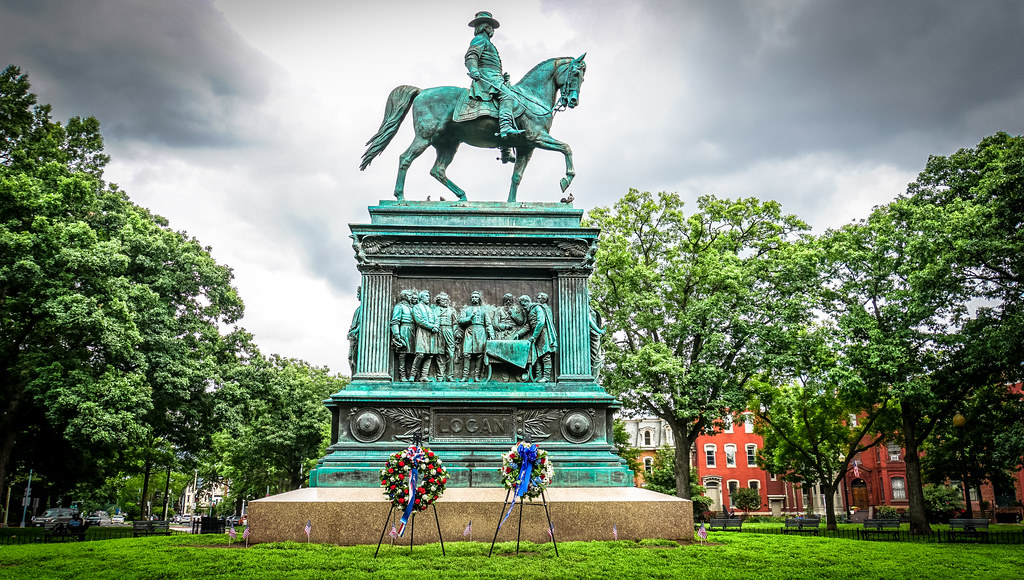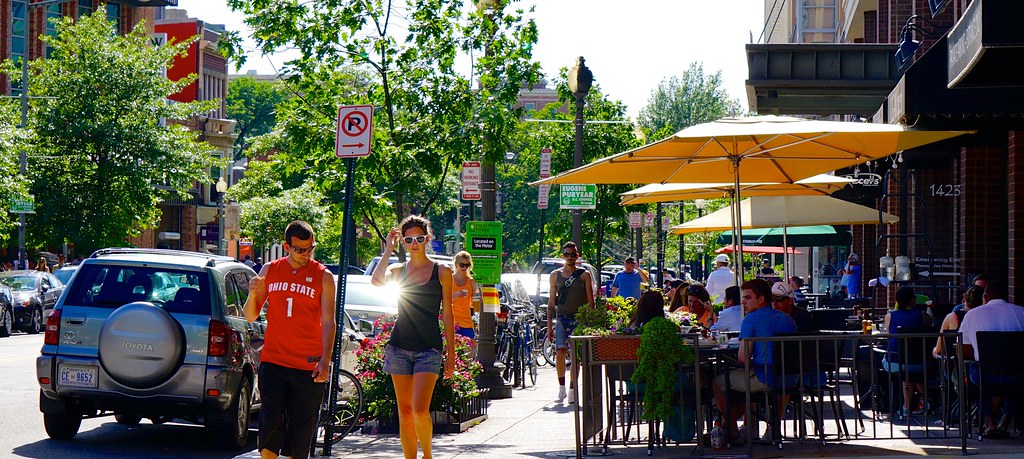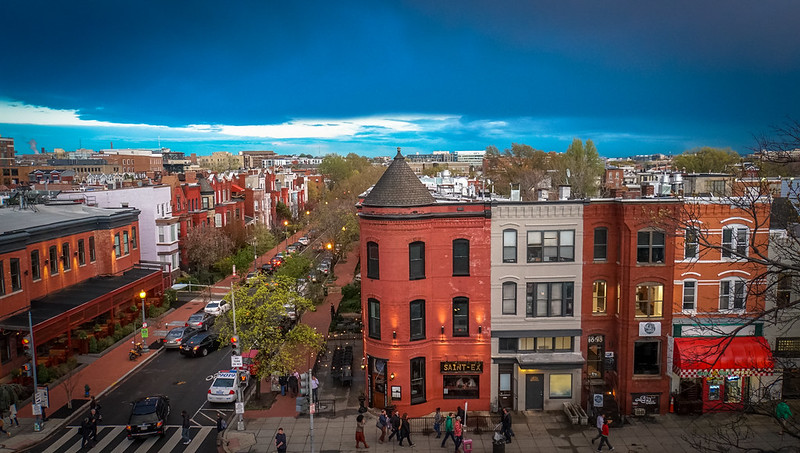
It’s a great story about the renaissance of a part of our nation’s capital that was destroyed multiple times, neglected, and now experiencing a renaissance. It’s the neighborhood I am a part of and is integrated with dozens of artifacts of the work of great people who led in a world that didn’t them to (actually, the world didn’t want them to exist, much less lead).
In the mid-1800s, before the Civil War, Logan Circle was mostly farmland and was officially known as Iowa Circle (unofficially: “Blodget’s Wilderness”). During the Civil War, the circle itself was infamous as a place of public execution for deserters and spies.
In a blend of styles including Gothic and Romanesque Revival, the Victorian houses that still line the neighborhood’s streets first appeared in the closing decades of the 19th century. In the opening decades of the 20th century, the neighborhood developed its reputation as “Automobile Row” for the car garages and showrooms that lined 14th Street.
The circle officially changed its name in 1930 to Logan Circle, after the Union commander John A. Logan. Nearly 40 years later, the riots in the late 1960s tore apart much of the city, Logan Circle included; for the 25 years that followed, the neighborhood was rife with prostitution, drug abuse, and homelessness. The last twenty years have been a period of renaissance. (Logan Circle, A Tale of Two Eras)

I made an exception this time because
- I love Washington, DC
- Payment is being directed to a vital community organization supporting LGBTQ and all humans in the Capital, Casa Ruby (@CasaRubyDC)
- My friend and colleague Ruby Corado once told me, while standing in Logan Circle, about the times she inhabited it when no one else cared to. In 2016, she is in all of the other places in the city where others don’t want to be. She is who she is.
This is a photograph of Ruby and I the day we had that conversation, in Logan Circle:


